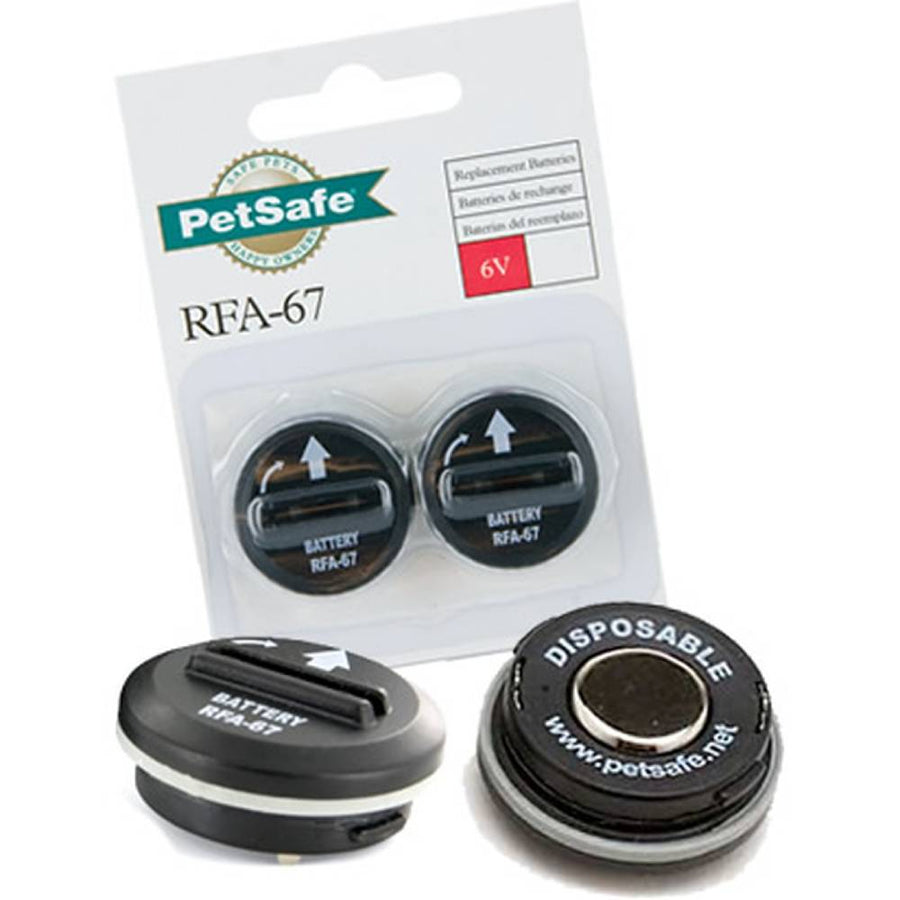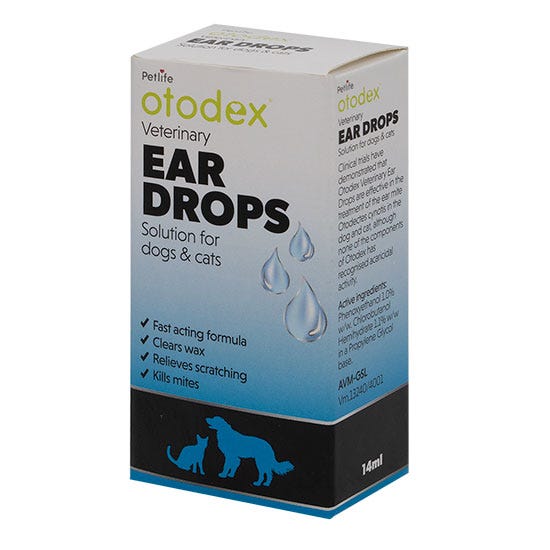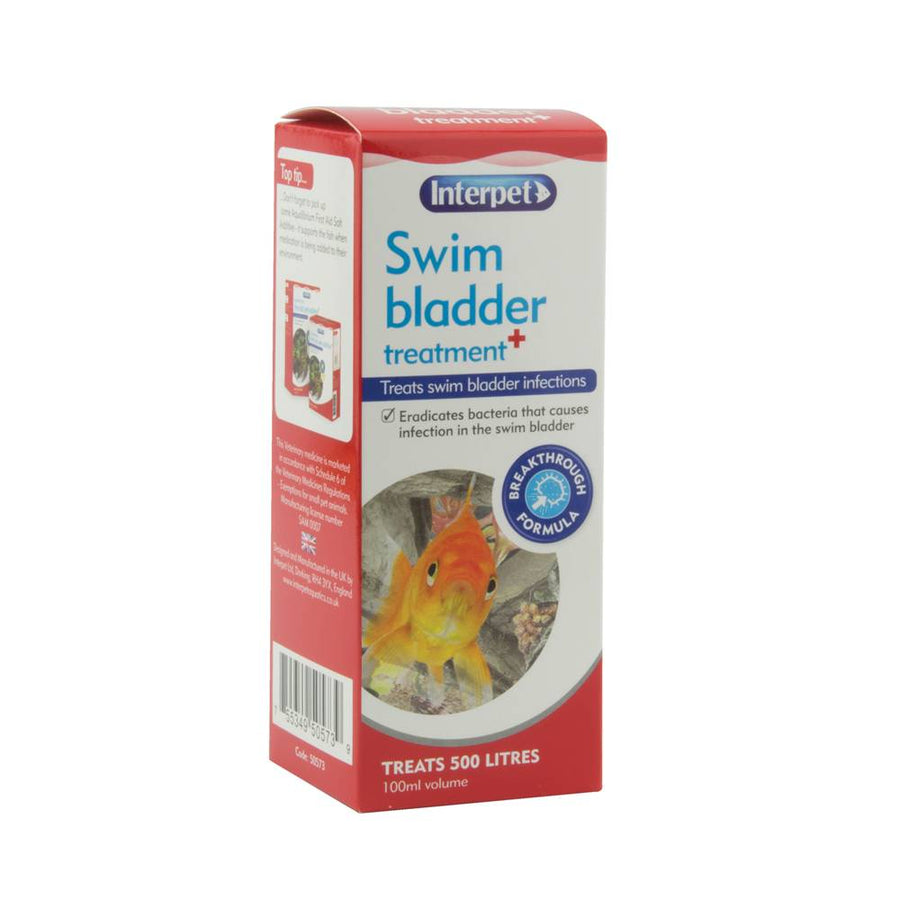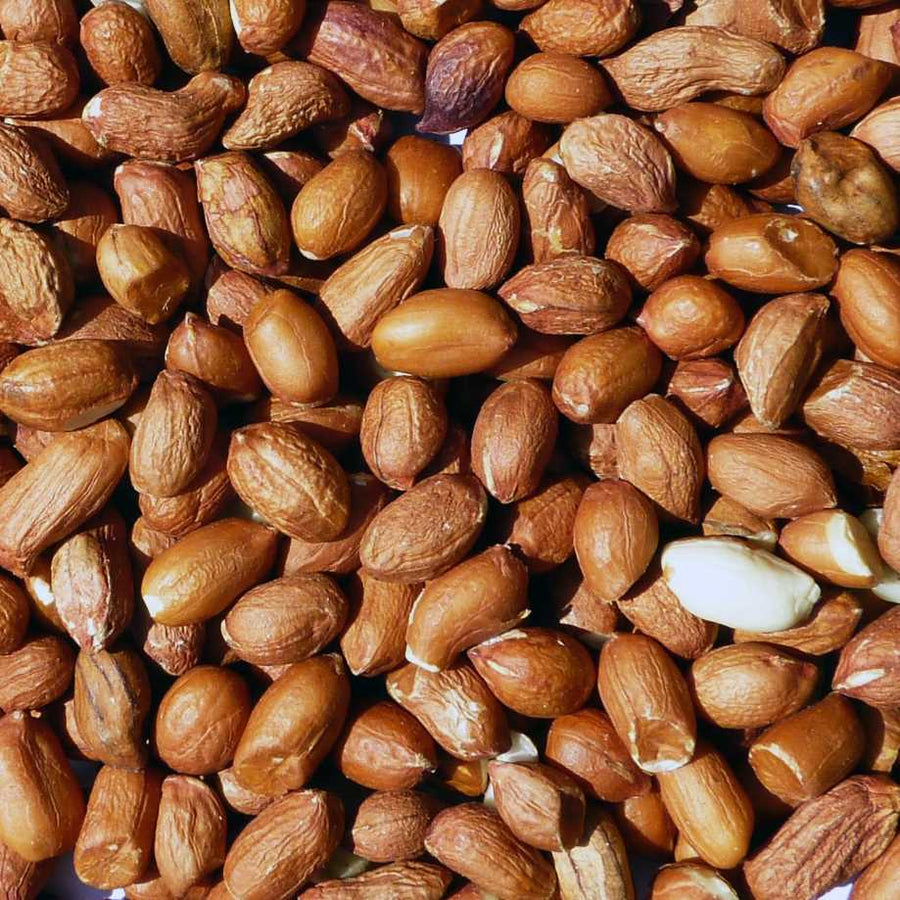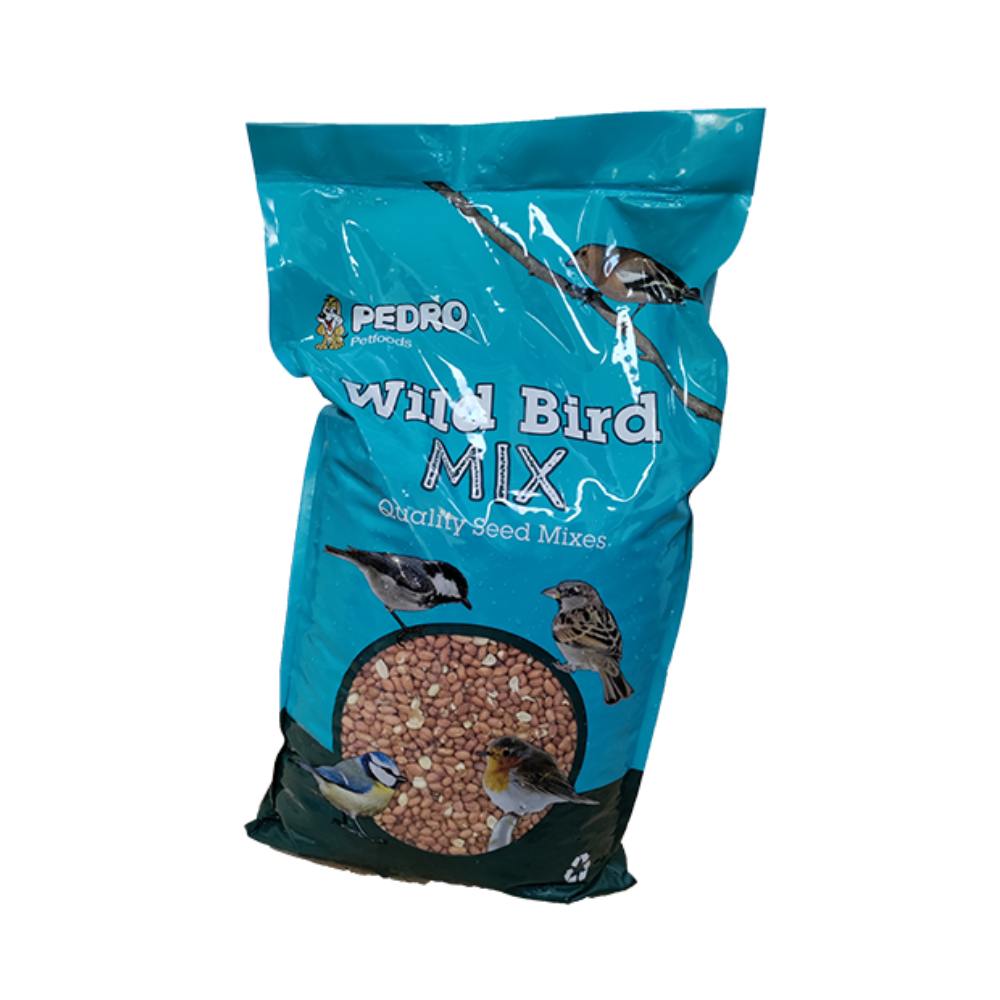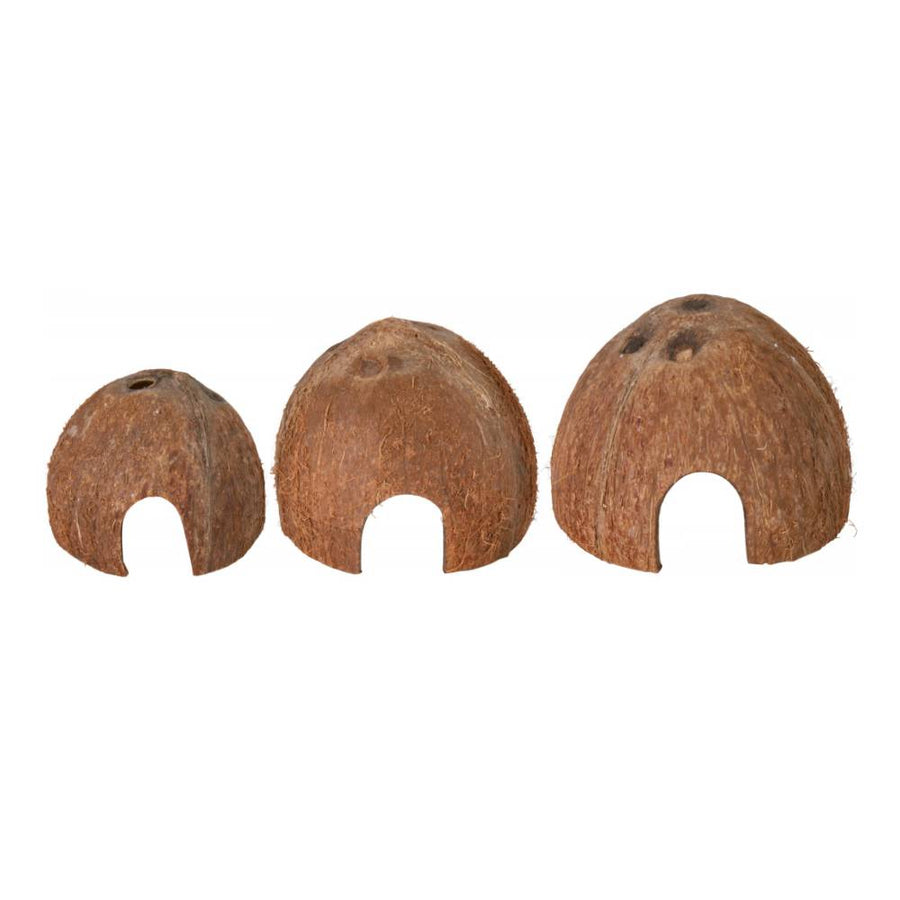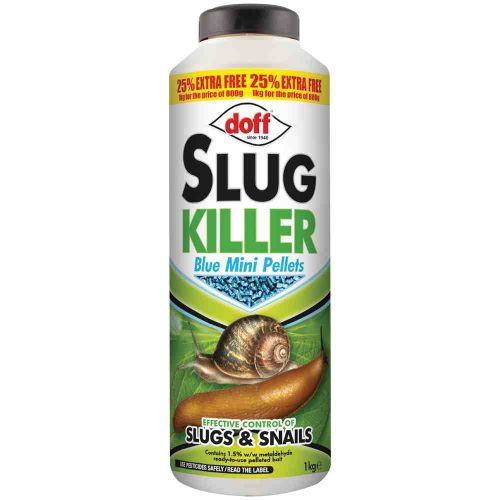About Dogs
| Proper nutrition, regular check-ups, and good grooming are key elements in assuring your pet stays healthy and happy. But there are many factors to consider when deciding what is right for your dog, such as what and how much to feed him, whether or not to dock his tail and why it’s important to spay/neuter. |
Spaying /Neutering
Spaying your female Dog at an early age greatly reduces her risk of developing pyometra and certain types of cancers, including breast cancer. Neutering your male protects him from testicular cancer, prostate disease (including cancer) and hernia.
It is good for you, too!
Sterilization eliminates the need to breed, producing a calming effect on the animal. Many aggression issues can be resolved or prevented by spaying or neutering your pet. Intact males tend to spray, (spraying urine around the house). Female dogs in heat can attract males from great distances, right to your doorstep!Likewise, intact males may roam in search of such females.
Spaying your female dog will eliminate the bloodstains on your furniture that may result from her cycle. Neutering your male will prevent embarrassing behaviour, like him mounting Old Aunt Gracie’s leg at Christmas.Millions of unwanted dogs of all ages are euthanized each year or live on the streets as a result of pet overpopulation.
Please help us stop pet overpopulation by spaying or neutering your pet. Spaying (technically called Ovariohysterectomy) is the surgical removal of the ovaries.Neutering (technically called Castration) is the surgical removal of the testicles. Many vets require the dog to be at least 6 months old, but the surgery can be safely performed as early as 2 months of age. The younger the dog, the easier and quicker they recover.


